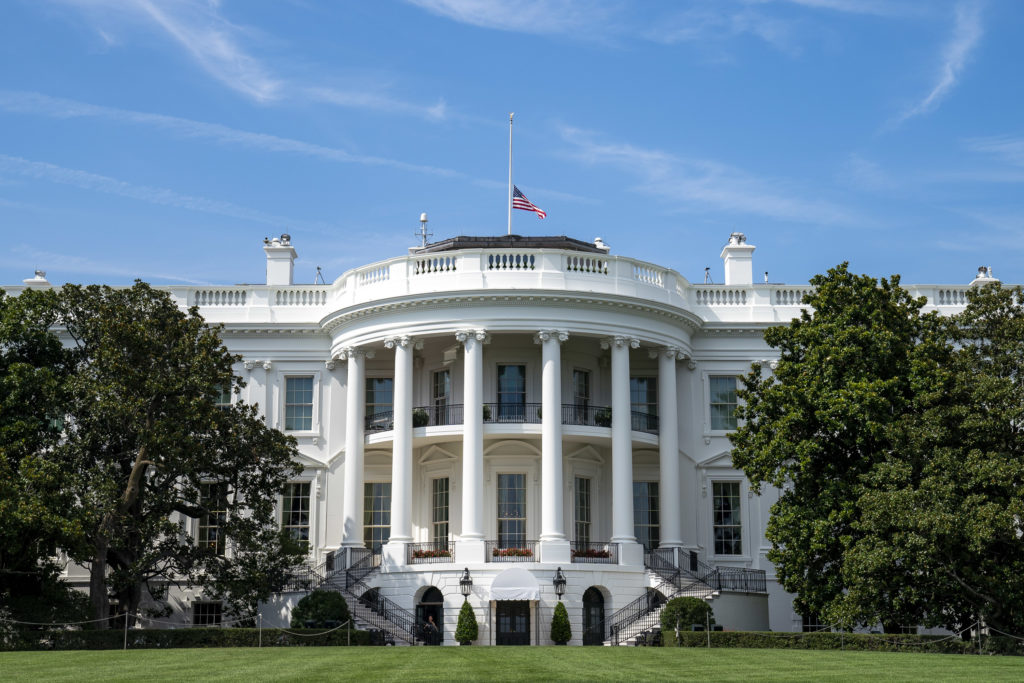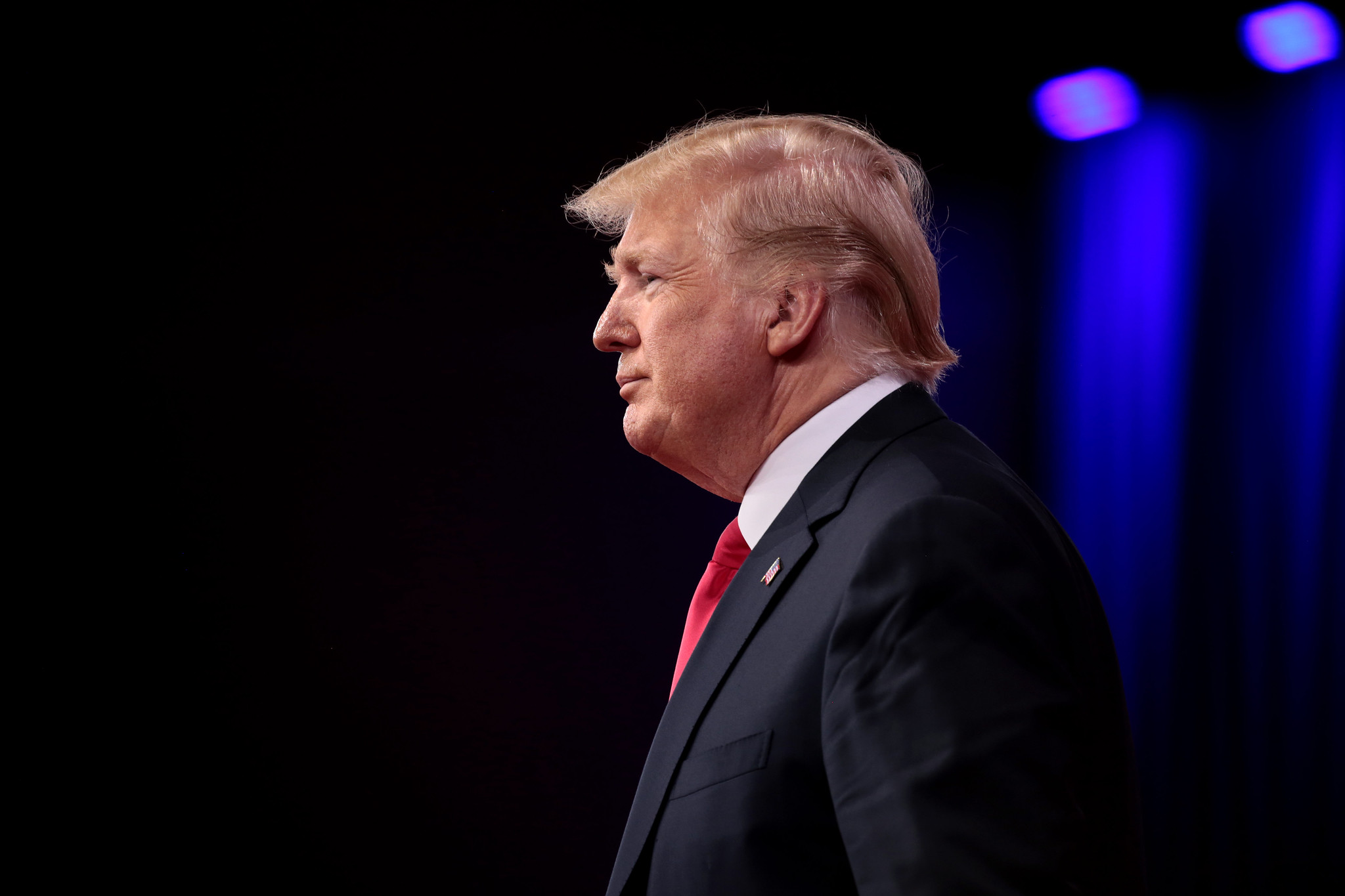Appointments, Removal, and the Unitary Executive Empowered

Published by The Lawfare Institute
in Cooperation With

In its first few days, the Trump administration has garnered significant attention over its executive actions related to appointments and removal of federal staff, such as the executive order on “Ensuring Accountability for All Agencies.” In response to the orders, various plaintiffs have filed lawsuits—including Storch v. Hegseth and New Mexico v. Musk—raising questions about the extent of the president’s authority over such personnel decisions. While the scope of action is unprecedented, the underlying debate has been a persistent question in administrative law for decades. Leading judicial decisions, from Humphrey’s Executor to Morrison v. Olson, do not provide an overly consistent and cohesive road map. Even so, it’s important to consider the legal history and constitutional analysis of these prior decisions. Widespread concern exists that the current, conservative-appointed Supreme Court may overturn or reshape precedents in adjudicating these lawsuits. In litigating these disputes, consideration of the type of personnel (political appointee or civil servant) and the personnel action involved (appointment or removal) will figure prominently in determining winners and losers.
Political Appointees vs. Civil Servants
Political appointees are officials appointed by the president, including Cabinet secretaries, agency heads, U.S. attorneys, and other positions often filled by the incoming administration. In general, political appointees can be dismissed at will by the president. They do not enjoy the same tenure or removal protections as career employees because their roles are inherently political or policy driven. In the federal workforce of roughly 2.1 million civilian employees, only a few thousand are political appointees who serve at the president’s discretion. Unless a specific statute provides otherwise, the president may remove political appointees for any reason (or for no stated reason at all). This is rooted in the idea that a president must be able to install like-minded officials to carry out the new administration’s agenda.
Career civil servants, by contrast, are the vast majority of federal workers hired through a merit-based process and are intended to be insulated from political influence. These employees benefit from strong legal protections from the Civil Service Reform Act of 1978 against arbitrary or politically motivated termination. Under long-standing civil service laws, most career federal employees cannot be removed except for legitimate cause—such as misconduct, poor performance, or a reduction in force—and only after certain procedures are followed. These merit system principles require that federal personnel decisions be based on merit and that employees be “protected against arbitrary action, personal favoritism, or coercion for partisan political purposes.” In other words, a career civil servant generally cannot be fired simply because of their political affiliation or because a new administration wants to “clean house” for political reasons. These rules were designed to curb the 19th-century spoils system—wherein politicians rewarded their favored friends and boosters with government positions—and instead ensured a professional, nonpartisan bureaucracy. To this end, the Merit Systems Protection Board, an independent agency, is empowered to hold hearings on appeals from employees facing certain adverse employment actions.
Several suits have been filed challenging the Trump administration’s mass firings of civil servants as violating these statutory protections. One example is the suit brought by Mary Comans, whose more than 20 years of federal employment culminated in serving as the Federal Emergency Management Agency’s chief financial officer before her termination. She asserts that her termination was unlawful insofar as the administration did so “without any warning, prior disciplinary history, or the statutory notice required by applicable laws.” The termination memorandum she received simply stated her firing was “taken pursuant to Article II of the United States Constitution, at the direction of the President” as an exercise of the “executive Power” vested in the president.
The American Federation of Government Employees and other unions filed suit “to enjoin the terminations of tens of thousands of federal employees in contravention of federal constitutional and statutory law.” The administration, in opposing a temporary restraining order, argued that “absent congressional action purporting to limit his authority, the President has inherent constitutional authority under Article II to act as chief executive officer of the Executive Branch, determining how best to manage the Executive Branch, including whom to hire and remove, what conditions to place on continued employment, and what processes to employ in making these determinations.” The district court granted a temporary restraining order and set a briefing schedule for the parties.
Outside the courts, the Merit Systems Protection Board has also intervened to investigate and temporarily restrain challenged firings, including temporary reinstatement of 6,000 probationary U.S. Department of Agriculture workers after finding “reasonable grounds to believe” their termination violated statutory protections.
Appointments
In New Mexico v. Musk, a group of state attorneys general have challenged the role of Elon Musk in the new administration on Appointments Clause grounds, arguing that because he “does not occupy an office of the United States and has not had his nomination for an office confirmed by the Senate,” his “officer-level actions are thus unconstitutional.”
Article II of the Constitution outlines certain requirements for the appointments of “Officers of the United States” (often referred to as principal officers) and “inferior Officers.” The Constitution does not, however, dictate any requirements for hiring regular employees. Thus, a threshold question is whether someone qualifies as an officer at all. The Supreme Court in Lucia v. SEC recently summarized the “basic framework for distinguishing between officers and employees.” First, “an individual must occupy a ‘continuing’ position established by law to qualify as an officer,” rather than an “occasional or temporary” role. If satisfied, as is usually the case, the inquiry then considers the “extent of power an individual wields in carrying out his assigned functions,” needing to exercise “significant authority” to be classified as an officer. If an officer, a further distinction with respect to principal and inferior officers is made based on the nature of the position, with Appointment Clause requirements differing between the two levels.
The administration has insisted that Musk is simply a White House employee and adviser to the president, not an employee of the Department of Government Efficiency (DOGE) and without any decision-making authority—though the administration could not actually clarify in court who is running DOGE. The government further urged that the fact that Musk “does not occupy an office of the United States” ipso facto means “he is not subject to the Appointments clause” and “is not an officer.” Judge Tanya Chutkan, overseeing the case in the U.S. District Court for the District of Columbia, granted expedited discovery to the plaintiffs in support of their forthcoming preliminary injunction request.
Removal of Agency Members and Heads
Outside of the Appointments context and the validity of Musk’s position, several individuals President Trump has attempted to remove from their leadership positions have challenged his authority to do so. Some have challenged the actions on simpler procedural grounds that do not necessarily implicate broader administrative law or constitutional issues. For example, a group of multiple inspectors general who Trump fired en masse have challenged their removal as violating the Inspector General Reform Act of 2008, which “require[s] that the President provide 30 days’ notice to Congress before terminating an IG and communicate the reasons for that IG’s removal.”
More seriously, others occupying federal positions have argued that their removal is invalid due to substantive protections afforded to them by Congress. Gwynne Wilcox, a member (and prior to the Trump administration, chair) of the National Labor Relations Board (NLRB) was notified by email of her purported removal from office by the new administration. This position is confirmed by the Senate, with a term of five years (which would run through 2028 for Wilcox) and removal “by the President, upon notice and hearing, for neglect of duty or malfeasance in office, but for no other cause.”
The Supreme Court first approached removal protections for independent agencies on the basis of the functions they exercised. As outlined in Humphrey’s Executor v. United States (1935) and Weiner v. United States (1958), “good-cause” removal protections were valid for principal officers of independent agencies that performed a “quasi-legislative or quasi-judicial” role because Congress “could require [an agency] ‘to act … independently of executive control.’” Humphrey’s Executor and Weiner concerned the Federal Trade Commission and War Claims Commission, respectively.
Wilcox sued, arguing the removal was invalid because of the removal protections in the statute, which were constitutional given the “independent, quasi-judicial” nature of the NLRB as a multimember body whose members serve staggered terms. A group of 19 states and the District of Columbia filed a brief supporting summary judgment for Wilcox. On March 6, a federal judge reversed the firing, ruling that “Humphrey’s Executor and its progeny control the outcome of this case and require that [Wilcox] be permitted to continue her role.”
The Merit Systems Protection Board, whose three members also go through advice-and-consent, has faced similar attacks. President Trump fired member Cathy Harris (through a one-sentence email) prior to the end of her term of office, despite the statute allowing removal “only for inefficiency, neglect of duty, or malfeasance in office.” Harris sued, and Judge Rudolph Contreras granted summary judgment ordering her continuance in office and enjoining her removal without cause, reviewing Supreme Court precedent and holding that “Humphrey’s Executor thus remains alive and well, and it dictates the outcome here.”
The U.S. Court of Appeals for the D.C. Circuit, in a per curiam order, granted stays of both district court orders reinstating Wilcox and Harris, allowing the firings to go into effect. Judge Justin Walker and Judge Karen Henderson outlined in separate concurrences (Judge Patricia Millett dissented from the stay) that the government would likely succeed on the merits as to the legitimacy of the firings and would suffer irreparable harm if forced to allow Wilcox and Harris to remain in office. However, on April 7, an en banc reconsideration of the D.C. Circuit ruling yielded a 7-4 reversal, denying the Trump administration’s appeals for a stay on the reinstatements. The Trump administration then sought relief before the Supreme Court, with Chief Justice John Roberts granting an administrative stay of the district court orders on April 9. This allowed the firings to take effect, with the chief justice calling for a response from Wilcox and Harris by April 15.
Two members of the Privacy and Civil Liberties Oversight Board, a multimember independent agency whose members are Senate confirmed for six-year terms of office, have also challenged President Trump’s attempt to remove them as unlawful. They argue that the board exercises no executive power insofar as it “has no authority to impose penalties or fines, promulgate regulations, undertake enforcement actions, or bind members of the executive branch or the public in any way” and performs only oversight functions.
Outside of the multimember agency context, the special counsel overseeing the Office of the Special Counsel, a Senate-confirmed position subject to a five-year term and removable “only for inefficiency, neglect of duty, or malfeasance in office,” was terminated by a two-sentence email from the new administration. The Supreme Court has previously extended removal protections for even purely executive offices that do not resemble the Federal Trade Commission, upholding such restrictions for the independent counsel in Morrison v. Olson. The inquiry the Court applied there asked whether the removal protections impeded the president’s ability to carry out their constitutional duties, finding the limited jurisdiction, power, and tenure of the independent counsel as an inferior officer (who was supervised by an at-will officer in the attorney general) made such protections proper.
However, the Supreme Court has recently emphasized that removal protections represent the exception rather than the rule, and in Seila Law v. CFPB, they declined to extend such protections as applied to the director of the Consumer Finance Protection Bureau (CFPB). The Court found that the role qualified for neither historical exception allowing removal protections, as the CFPB director did not mirror a multimember body made up of experts with staggered terms as seen in the Federal Trade Commission, nor did the director qualify as an inferior officer with limited duties as in Olson. Collins v. Yellen relied on this precedent to rule that “for cause” provisions that restricted the president’s removal authority for the director of the Federal Housing Finance Agency were unconstitutional, despite the agency’s more narrow “size [and] role” as compared against the CFPB.
Special Counsel Hampton Dellinger sued to enjoin his termination on the grounds that the Court’s precedent made clear that removal protections for the position, which has “only limited jurisdiction to enforce certain rules governing Federal Government employers and employees” and is unable to “bind private parties at all,” were constitutional and thus mandatory under Olson. After gaining a temporary restraining order preventing his removal, which the Supreme Court declined to intervene over, the district court granted the special counsel summary judgment and denied that the removal restrictions were unconstitutional. However, the D.C. Circuit granted a stay pending appeal, holding that “the government has shown that the logic” of Seila Law and Collins “is substantially likely to extend to the Special Counsel.” In the wake of this decision, Dellinger dropped his suit, meaning the removal protections have effectively (though not as a matter of law, given no opinion on the merits has been issued by the D.C. Circuit) been invalidated.
***
The ongoing litigation has shown little prospect of dissuading the current administration from continuing its radical break with precedent, expounding an expansive vision of executive control over personnel. Acting Solicitor General Sarah Harris has written that the administration intends to urge the Court to outright overrule (whatever remains of) Humphrey’s Executor, and these executive actions and their litigation seem hellbent on raising these issues to the highest Court. While Justices Clarence Thomas and Neil Gorsuch outlined their desire to follow this path in dissent in Seila Law, just how far the Supreme Court as a body is willing to push precedents and enable the executive to reshape the administrative state remains to be seen. Whether through outright overruling or more moderate change, the Court’s recent precedents suggest continued expansion of presidential removal powers as the likely outcome—with the current administration keen to exercise such control.







